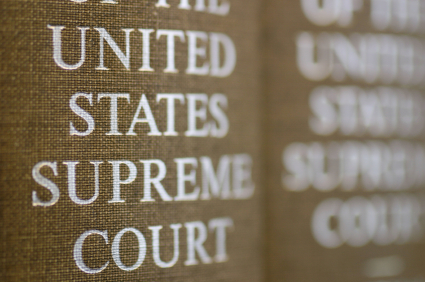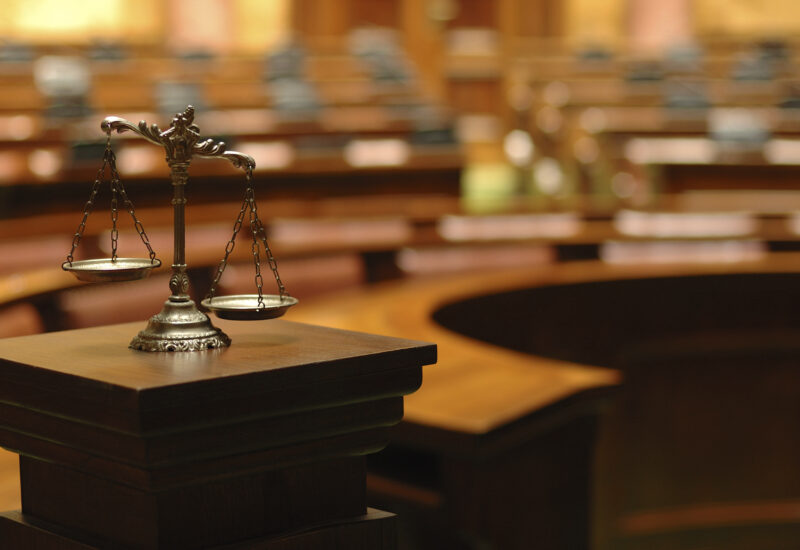
In many felony cases, in particular sex offense charges, a defendant goes through a sexual deviancy evaluation. During these evaluations, a polygraph examination is generally required in order for the counselor to produce a reliable evaluation for the Court. Polygraph machines, or “lie detector tests,” measure physiological information from the body: breathing, blood pressure, and perspiration. The faster the breathing, the higher the blood pressure, and the greater the amount of sweat, the more likely the person being tested is nervous and could be telling a lie.
Although it had been suggested for years that physiological changes could help determine whether a person was telling the truth, the first serious effort to apply this information came in 1920. John Larson, a police officer in Berkeley, California, established a device that could measure breathing and blood pressure. He first called his device the “cardio-pneumo psychograph” but began calling it simply “the apparatus” informally. Larson believed that his invention could help determine whether a suspect was telling the truth. He tested it on 861 subjects in cases over a 3-year period, including the key suspect in a highly publicized San Francisco murder investigation. This test was later referred to as the lie detector test which is now used in many cases.
When the results of a polygraph test were included as evidence in a criminal case in 1923, they were challenged, and the D.C. District Circuit Court ruled in U.S. v. Frye that polygraph evidence needed to meet certain criteria to be accepted. Known as the “Frye test,” it remained the judicial standard in federal courts for 70 years and remains so in some states.
The court addressed the difficulty of determining just when a scientific discovery (such as the initial invention of the polygraph test) may be accepted as meeting the standards for admissibility as evidence, writing: “…while the courts will go a long way in admitting experimental testimony deduced from a well-recognized scientific principle or discovery, the thing from which the deduction is made must be sufficiently established to have gained general acceptance in the particular field in which it belongs.” In other words, if evidence such as that obtained from a polygraph machine, may be admissible in the court of law.
Through the years, polygraphs were used by law enforcement agencies but they weren’t considered reliable. To begin with, the person who is hooked up to the polygraph would already be quite nervous, and to have tubes placed on the chest, a blood pressure cuff on the arm, and metal plates on the fingers would not relax most people.
There is also a difference of opinion on the accuracy of polygraph tests. The American Polygraph Association has stated that inconclusive polygraph results are not the same as incorrect results. Yet, typically inconclusive readings are figured in with incorrect ones when establishing a percentage of accuracy.
Polygraph experts continued to fine-tune the machines, and also developed a questioning technique that was intended to produce fewer incorrect readings. For example, the subject is asked to respond “yes” or “no” to questions with unrelated questions mixed in with relevant ones. This is meant to reduce the nervousness effect.
If you or a loved one is in a bind as a result of a criminal charge, immediately contact a Seattle Criminal Attorney. A Criminal lawyer is not going to judge you, and understands that everyone makes mistakes. Hiring a Seattle Criminal Lawyer to help can – at a minimum – reduce penalties, and can help direct people on how to best deal with their criminal charge, and many times even get them dismissed. So it should go without saying that someone cited for a misdemeanor or felony should hire a qualified Seattle Criminal Lawyer as soon as possible. Criminal charges can cause havoc on a person’s personal and professional life. Anyone charged with a crime in Washington State should immediately seek the assistance of a seasoned Seattle Criminal Lawyer.


